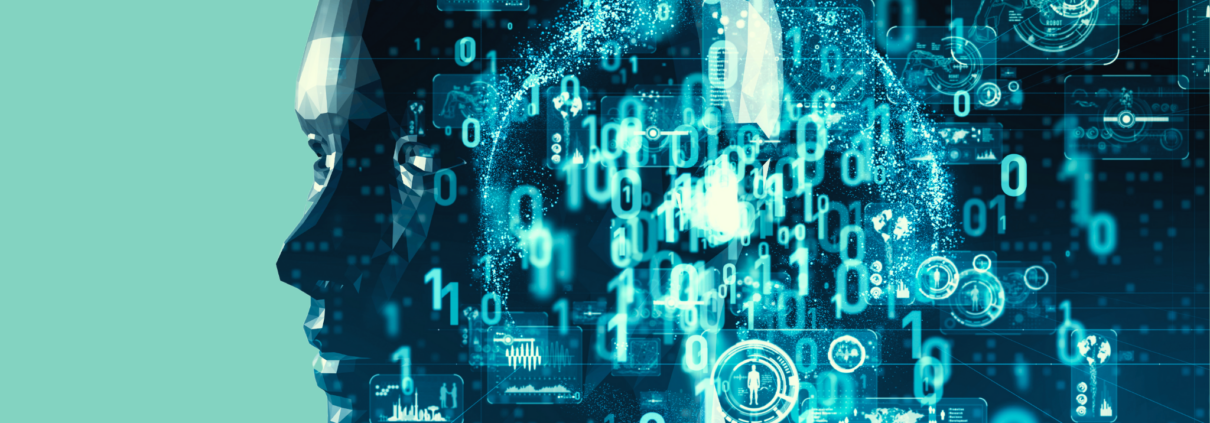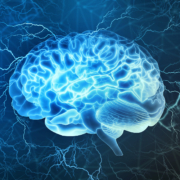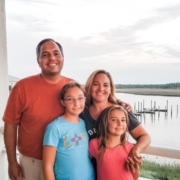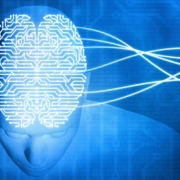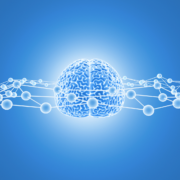The intersection of data-driven medicine and neuropsychology
The advent of Artificial Intelligence (AI) has heralded a new era in healthcare, particularly in the diagnosis and treatment of brain conditions and diseases, Traditionally, diagnosing neurological disorders such as Alzheimer’s disease, Parkinson’s disease and various forms of dementia has relied heavily on clinical assessments, imaging techniques like MRI and CT scans, and often invasive procedures. These methods, while effective, can be time-consuming, costly, and subject to human error.
AI, with its ability to analyze vast amounts of data quickly and accurately, offers a transformative approach to diagnosing brain diseases. Machine learning algorithms, a subset of AI, can be trained on large data sets of brain scans, genetic information, and clinical records to identify patterns and biomarkers that may be indicative of specific neurological conditions. These AI systems can then assist clinicians by providing highly accurate predictions, often identifying disease markers at earlier stages than traditional methods.
This has advanced the concept of precision medicine. By analyzing individual patient data, AI can help tailor treatment plans that are specific to a patient’s unique condition and genetic makeup. Moreover, AI’s ability to learn continuously and improve over time means that diagnostic tools will become increasingly accurate, potentially leading to earlier interventions and better outcomes for patients.
As AI continues to evolve, its integration into the clinical workflow promises not only to enhance the accuracy of diagnoses but also to revolutionize the way we understand and treat brain diseases. This technological advancement brings us closer to the goals of personalized medicine and improved patient care, marking a significant milestone in the fight against neurological disorders.
Many healthcare organizations already are doing data-driven medicine and leveraging he electronic medical record to engage in predictive forecasting with a dash of machine learning. AI is one tool that can be applied to enhance the approach. Data-driven medicine leans on technology to learn from past data for decisions about the present and future.
With this in mind, Stanford University School of Medicine in 2020 christened the current era the “Rise of the Data-Driven Physician.” It’s not a stretch to extend this thinking to neuropsychology, as well.
To be clear, this concept is barely a reality right now—it turns out that transitioning a discipline from one medium to another is painstakingly difficult work. Within the next five years, however, experts say data-driven medicine will explode, spreading to multiple disciplines including neuropsychology.
“Imagine an algorithm that can review a person’s entire electronic health record and make treatment recommendations or even schedule appointments based on the data therein,” said Bob Bilder, the Michael E. Tennenbaum Family Distinguished Professor of Psychiatry and Biobehavioral Sciences and Psychology at the University of California, Los Angeles. “That’s what we’re talking about with [data-driven medicine], and neuropsychological data is among the data these systems eventually will have access to.”
Vision to reality
Bilder has a uniquely informed perspective on the potential impact of this development; as one of the principal investigators of the National Neuropsychology Network (NNN), he studies the intersection of technology and neuropsychology every day.
In a nutshell, NNN is a small-scale application of data-driven medicine. The program—which is funded by the National Institute of Mental Health—is developing a four-site demonstration program through which centers acquiring clinical neuropsychological data can accumulate and aggregate the data from the most widely used neuropsychological assessment instruments into the National Institutes of Mental Health (NIMH) National Data Archive.
This means NNN is building an infrastructure for a neuropsychological data-driven medicine practice right now. As of press time, 13,000 people were enrolled in the program.
Bilder said he sees neuropsychology as a “green field” of opportunity for applying technology.
“There are 500,000 neuropsychological exams done per year in the United States, and so far, the amount of that data that’s getting into any kind of analyzable archive is a couple of thousand per year,” he said.
According to NNN founders, one of the focus areas is for the organization to identify neuropsychology data in the database and help create the standards to add the neuropsychology data into electronic health records. Once that happens, the ability to incorporate neuropsychological data into full-scale data-driven medicine will increase exponentially.
Bilder himself is contemplating the cutting-edge. After a recent NIMH call for submissions, Bilder submitted a proposal to create a data-driven neurocognitive disorders ontology. As he explained it, the proposal would create a system that would leverage pre-existing data to enable algorithmic decision-making about whether someone has a neurocognitive disorder or not, and—if so—what kind of neurocognitive disorder they might have.
“The system would operate largely from the electronic health record, augmented by specific neuropsychological data, thus streamlining and providing a real increase in early identification of cases where people may have cognitive impairment or more precise diagnostic assessments and treatment recommendations,” he said. “That’s the vision for the future.”
Other applications
Other health care organizations are investing big bucks in data-driven medicine, too.
One example: Researchers at the Buck Institute in the San Francisco Bay Area recently have teamed up with Seattle-based Phenome Health to create the Center for Phenomic Health with the goal of using data to help people live better, longer, and healthier.
The new center aims to lean into patient data to make healthcare more proactive, tracking patients’ wellness to avoid illness and debilitating conditions from the beginning. Dr. Lee Hood, who founded Phenome Health and served as its CEO, is running the new center. His team will apply lessons from his previous work in using data to track certain aspects of wellness to come up with a person’s biological age (as opposed to a person’s chronological age).
In this previous research, Dr. Hood and colleagues discovered that if they could get people to follow targeted and personalized wellness routines, they essentially could extend people’s lives.
The new initiative at the Buck will track genomic data—that is, details about a person’s cellular makeup—as well as information about the person’s “longitudinal phenome,” which comprises physical characteristics, such as blood measurements, data on the contents of a person’s gut microbiome, and a series of functional organ scans.
The new Buck initiative also will leverage cognitive tests and neuropsychological metrics to assess a person’s brain health, which Dr. Hood said many contemporary health systems simply aren’t studying proactively at this point.
“You have to exercise your brain just as you exercise your heart,” he said. “This is a critical area of healthcare that can have a huge impact on a person’s overall wellness.”
Down the road
Data will continue to drive healthcare innovation across the country.
The more data providers can collect, the faster computers can process that data, the more likely it is that the entire landscape of healthcare in this country will become informed by incorporating personal details.
Farther into the future, more informed decision-making could lead to another revolution in healthcare—one that sees the system switch from the expensive whack-a-mole game of treating ailments as they arise to an approach that educates patients about what they can do to stay healthier from the very beginning.
To be clear, it’s extremely challenging to get people to make lifestyle changes, even when they are clearly sick. At the same time, researchers at the Buck say data-driven medicine can at least equip patients with more information than ever before about healthier paths.
Buck researchers refer to this as “healthspan” instead of “lifespan,” since the goal is to extend the amount of time people spend healthy.
Dr. Hood said this evolution could benefit everyone, from patients to providers alike.
“We estimate that most adults are at about 20 or 30 percent of their potential wellness right now,” said Dr. Hood. “The long-term vision here is that we use data to catalyze a paradigm change where healthcare focuses on wellness and prevention rather than disease care, and everybody lives healthier lives as a result.”
This article has been factchecked. For more about that process, click here.

